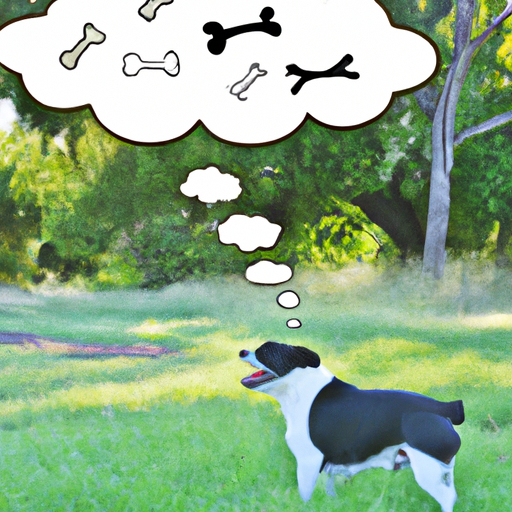Before we dive into the reasons why dogs like walks, it’s important to remember that you, the caregiver, play a pivotal role in your furry friend’s happiness. Your pet sees you as their pack leader and guide, and your actions and decisions have a significant impact on their well-being.
1. Exploration and Adventure
Dogs are creatures of curiosity. They crave exploration and adventure. When you take your dog for a walk, you’re allowing them to tap into their natural instincts to investigate their surroundings.
- The sights, sounds, and smells of the outdoors are a feast for their senses.
- Every tree, bush, or lamp post tells a story about other animals that have been there.
- New environments and unfamiliar territory can provide mental stimulation for your pet.
| Environment | Benefit |
|---|---|
| Busy streets | Provide mental stimulation and socialization |
| Parks | Opportunity for off-leash play |
| Quiet neighborhoods | Relaxed, stress-free exercise |
2. Physical Exercise
Your dog, regardless of their breed, size, or age, needs regular physical exercise to stay healthy. Just like humans, dogs can suffer from obesity, heart conditions, and other health issues if they don’t get enough exercise.
- Walking helps maintain a healthy weight.
- Regular physical activity strengthens their cardiovascular system.
- Exercise can help improve your dog’s digestion and sleep.
3. Bonding Time
Walks are an opportunity for bonding. They enable you to spend quality time with your dog, building trust and strengthening your bond.
- Walking together can help establish you as the pack leader.
- Your pet gets to spend time with their favorite person – you!
- It’s a great opportunity to practice training and good behavior.
4. Mental Stimulation
Walks aren’t just about physical exercise. They’re also an opportunity for mental stimulation. Every walk is a new adventure full of different smells, sights, and sounds.
- Dogs are naturally curious and love to explore.
- Different routes and environments provide new experiences.
- Social interactions with people and other pets can aid in your dog’s socialization.
5. Behavioral Benefits
Regular walks can also have a significant impact on your dog’s behavior. A tired dog is a good dog, as the saying goes, and walks can help expend that pent-up energy your dog may have.
- Regular walks can help curb behavioral issues by burning off energy and reducing restlessness.
- Walks can help alleviate destructive behavior like chewing or digging.
- They can help your pet to feel more relaxed and less anxious.
Frequently Asked Questions (FAQs)
Why does my dog get so excited for walks?
Dogs associate walks with fun, exploration, and bonding time with their caregiver. It’s something they look forward to!
How often should I walk my dog?
Most dogs should be walked at least once a day, but some dogs, particularly very active dogs, may require more.
What if my dog doesn’t like walks?
Some dogs may be afraid or anxious when it comes to walks. It’s important to discover the root of the issue and work to make walks a positive experience for your pet.
How long should a dog walk be?
This largely depends on your dog’s breed, age, and health. Generally, a walk around the block a few times a day is a good starting point.
There’s no doubt that walks are beneficial for dogs and their caregivers. Not only do they provide exercise, mental stimulation, and bonding opportunities, but they also contribute to a healthier, happier pet. So, leash up and get stepping! Your furry friend will thank you.



